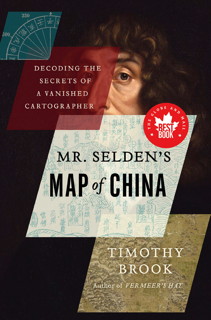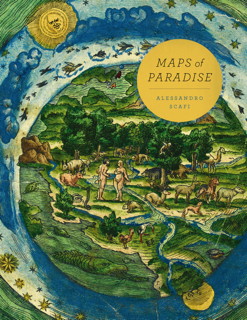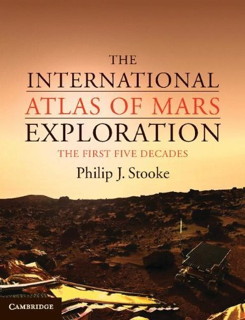An exhibition at Yale University’s Beinecke Rare Book and Manuscript Library opens this Friday: The World in Maps, 1400-1600.
This exhibition presents many of the most historically significant manuscript maps from the late medieval and early modern period from the Beinecke Library’s vast collection of maps. It is focused on portolan charts—large, colorful charts that showed the shoreline of the Mediterranean, and were used by sailors to navigate from port to port. These maps were crucial to the expansion of European trade in the fiftieth and sixteenth century. Yale University Library has one of the most significant map collections of this period and owns some unique items not found in any other collection. […]
This exhibition presents maps from several different historical groups and demonstrates how maps functioned to place people within a larger world context. While primarily focusing on European maps, it also includes Middle Eastern and Asian world maps to illustrate common elements and also highlight significant differences. In addition, the exhibition presents some map forgeries and how they were determined to be fakes using scientific and historic analysis.
On that last point, yes, the Vinland Map will be a highlight of the exhibition, as will the Aguiar and Beccari portolan charts, the Martellus world map, and the Abenzara map.
The exhibition runs until 8 January 2023. Lectures will be taking place in the fall.





 Though I haven’t seen it,
Though I haven’t seen it, 




